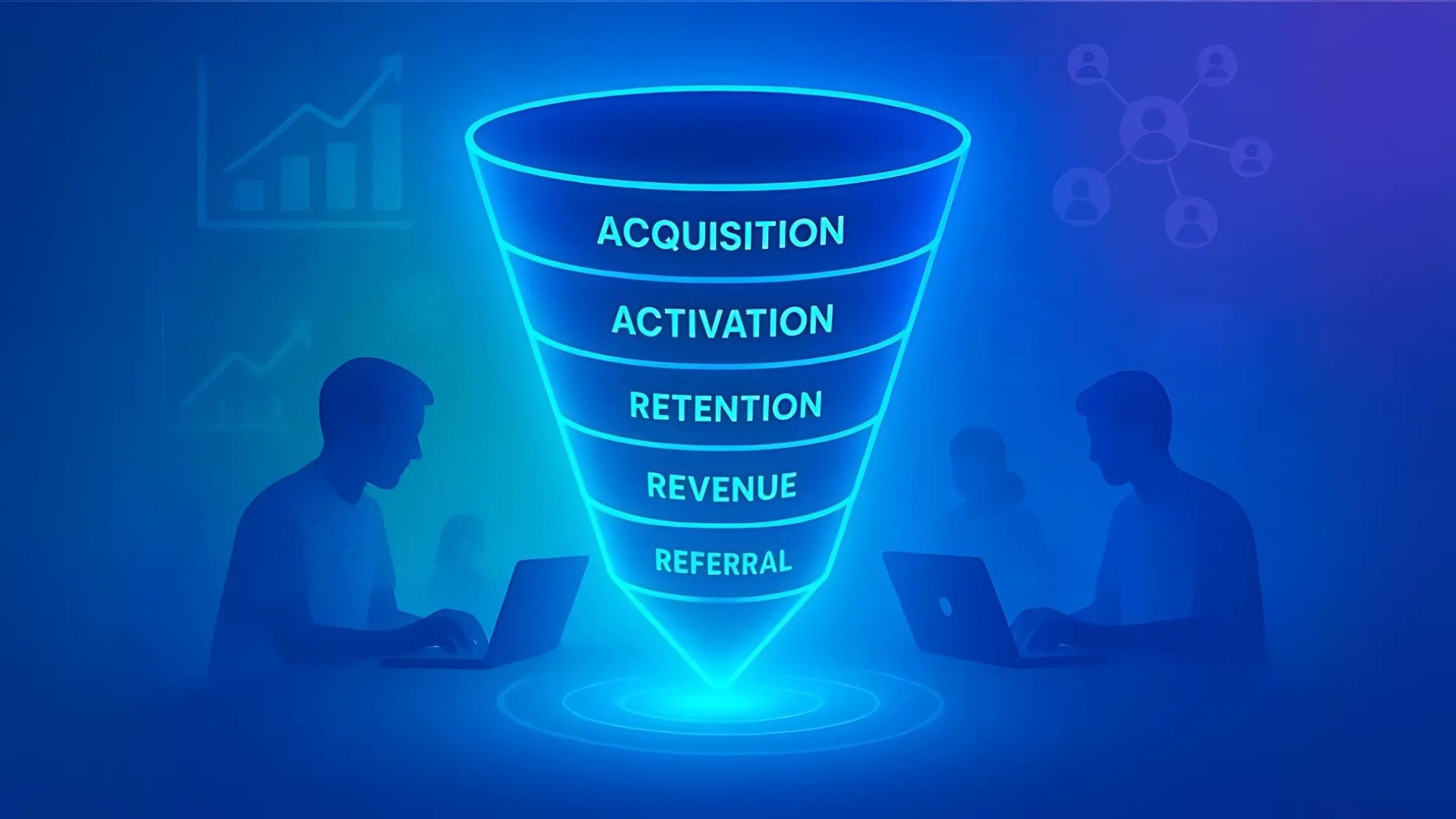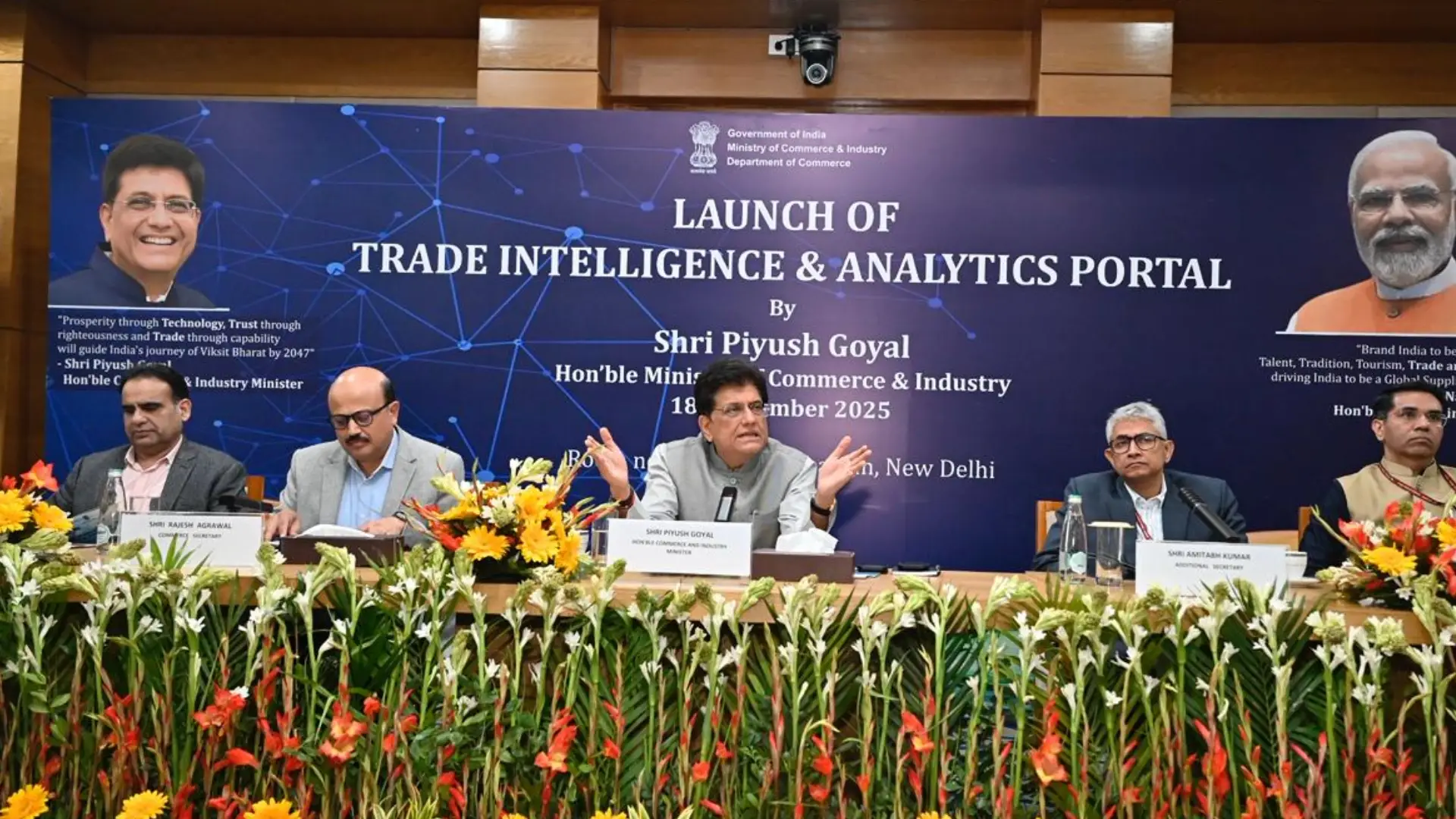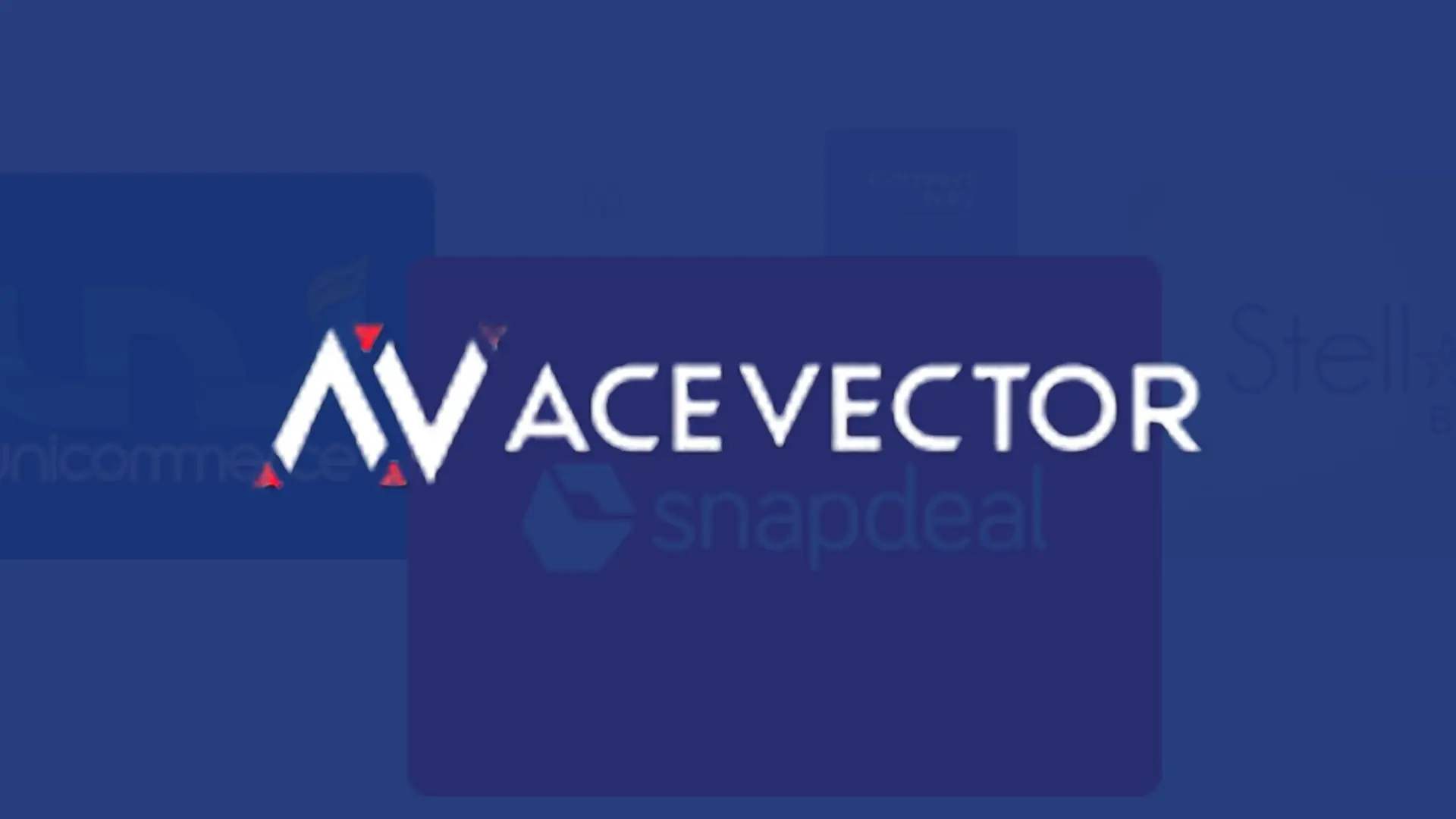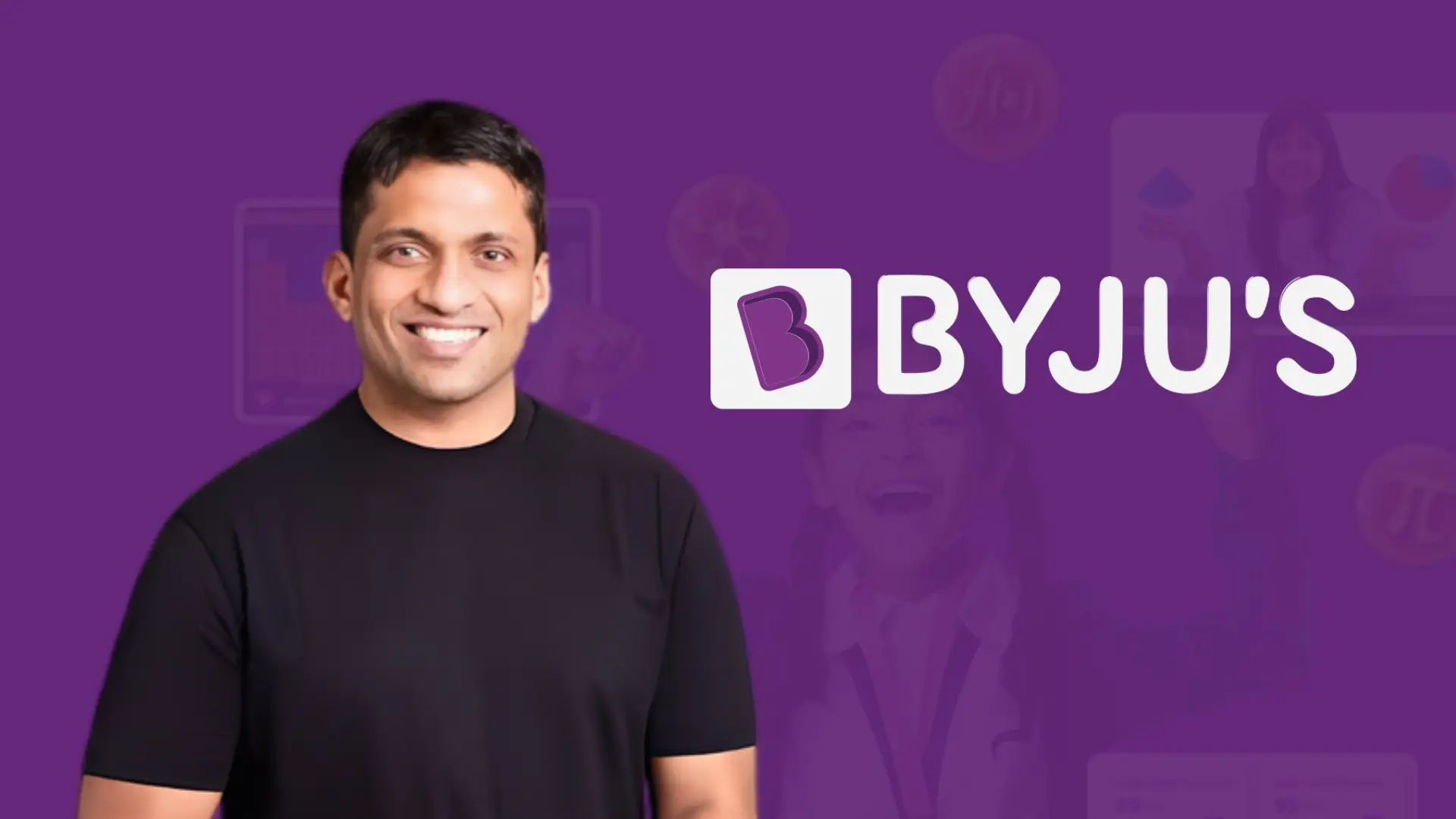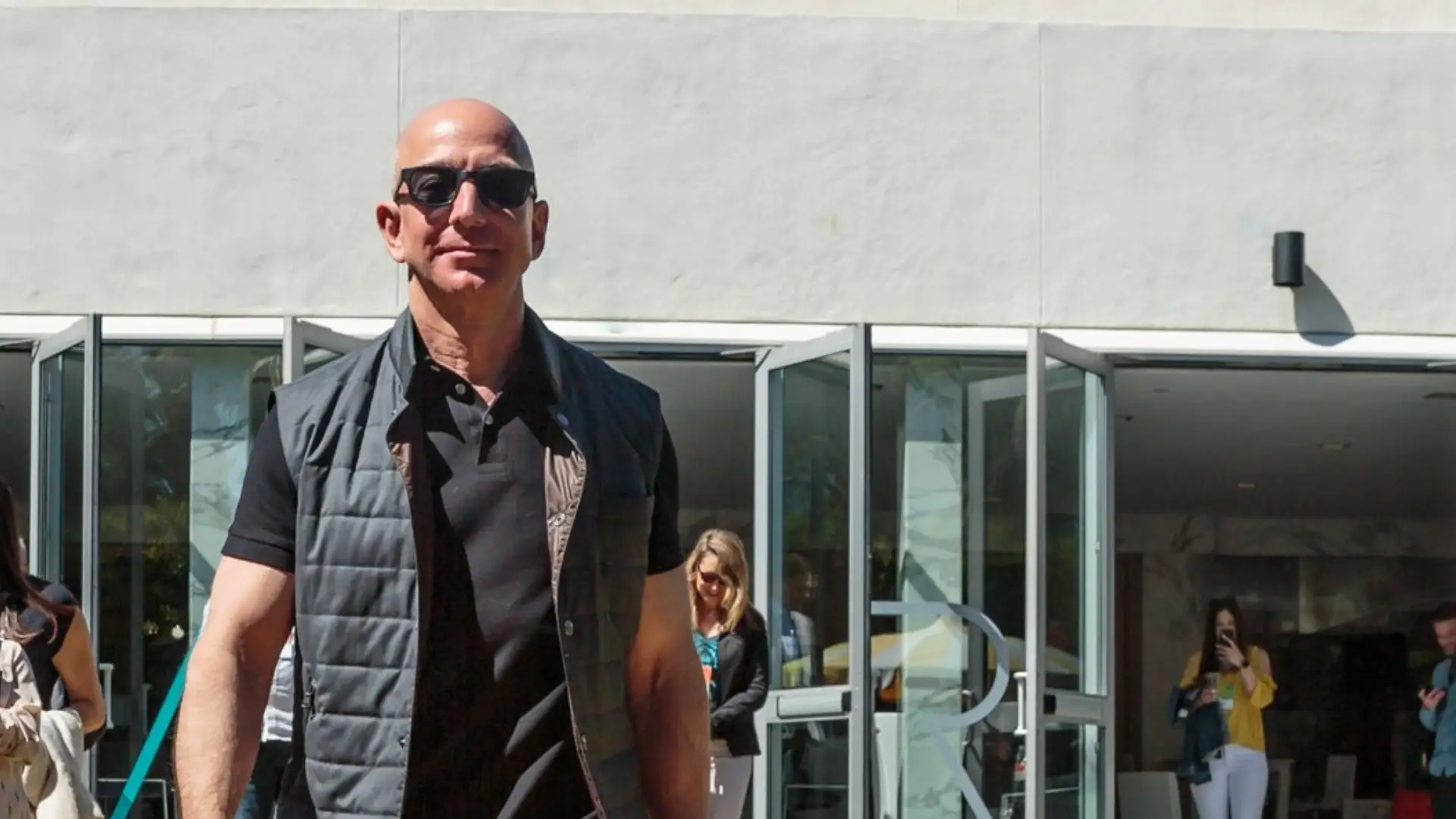Startup cycles are moving crazy fast these days. Someone gets an idea, builds a product, launches it, makes an Instagram page, posts on YouTube, and promotes it for a few weeks. But when they don’t get the traction they hoped for and the expenses keep rising, they end up shutting it down.
This is the story of so many aspiring entrepreneurs. Then there’s another kind. They start with a solid idea, build a great product, raise some money, and start spending heavily on the team, ads, offices, and tools. But very quickly, the money runs out, they can’t generate revenue, and once again, the startup shuts down.
This is very common in today’s startup world. It’s not because people are not smart or hardworking. It’s because they jump into action without a clear plan for growth.
According to CB Insights, nearly 29% of startups just fail because they don’t have enough funds, as they run out of money.
If you are someone who wants to build the next big startup, you need to know about one powerful framework before doing anything. The framework is called AARRR.
This framework was created by Dave McClure and is also called Pirate Metrics. It helps you track your startup’s full journey from getting users to keeping them, making money from them, and growing through referrals.
If you understand this one framework deeply, it can change how you build your business. So, let’s understand each point in detail:
1. Acquisition: This phase is the first step in the process of scaling or getting customers. How are you going to acquire customers? It could be through Google search, social media, YouTube, ads, blogs, or word of mouth. You want people to visit your website or download your app. The channels you might use for acquisition include SEO (search engine optimization), Instagram, Twitter, LinkedIn, Google Ads or YouTube Ads, blog posts, videos, memes, and influencer shoutouts. Some key metrics we need to keep track of are CAC, website visitors, click-through rate, number of signups, and CPA. The main goal should be to acquire customers at a lower cost. Finding the proper channel and acquisition strategy is so important.
2. Activation: This is the second step. Now, because of your acquisition strategy, people started to show up. Activation is the second stage; in this they do something valuable, such as creating an account or using your product. This is really crucial because getting users to your app or website is easy, but getting them to activate or subscribe to your service is the toughest part. Now your focus should be on offering the user the services that really matter to him.
3. Retention: Retention means you check if users come back the next day, next week, or next month. Are they using your product regularly? Metrics that matter here include Day 1, Day 7, and Day 30 retention; DAU/WAU/MAU (daily/weekly/monthly active users); and churn rate (how many users are leaving). Many companies or startups follow and adopt different revenue models to sustain their revenues. Now let’s say you are following a subscription model. If your service is not satisfactory or what you provide is not what the user needs. Then there is a chance of reduction or fall in retention rates.
4. Revenue: This one step changes the whole direction of your startup. It determines the way it is heading towards. You need to start generating income. There are multiple ways to monetize. Some of the common ways are through subscription plans, freemium-to-premium upgrades, transaction fees, advertising models, in-app purchases, etc. When you start generating the revenue, there are some key metrics you need to consider, such as Average Revenue Per User (ARPU), Customer Lifetime Value (LTV), and paid conversion rate. Don’t just chase users. Make sure your model makes money.
5. Referral: It is the final and most exciting step. If your users are happy and satisfied with your product, they will start sharing it with others. This could happen through word-of-mouth, invite links, sharing on social media, or built-in referral programs. You should always make it easy for users to invite others and reward them for doing it. For example, Dropbox gave extra storage for referrals, which helped them grow quickly and at low cost. If your referral system is working well, your growth becomes faster and cheaper.
So, what happens next? The cycle starts again because now your referral system worked, and you acquired a new user. Again, the flow starts.
Now, if the cycle should continue without any breaks, you need a great strategy at every given point of the customer journey.
When you have these 5 things strong, all your growth metrics work in your favor. Remember, building a startup is not just about having a good idea or writing great code. It’s about understanding how to bring people in, give them value, keep them coming back, earn from them, and turn them into marketing channels or ambassadors. That’s exactly what AARRR helps you do.
Most founders waste their time by spending it on metrics or marketing tricks. But the real compounding happens when you build a system that flows from acquisition all the way to referral.
So, before you build the next big thing, build your AARRR map. Make every stage count. Work out and fix all the gaps and leaks your startup has and focus more on what actually works.
Also Read: The Palm Oil Puzzle: India’s Rising Demand, Low Production, and Big Opportunity
